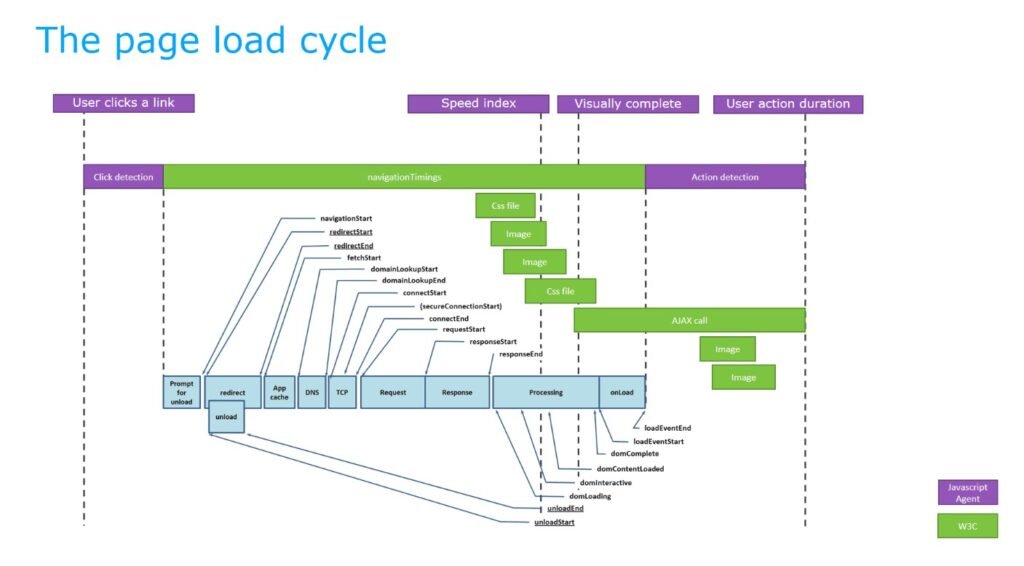Think of software as a stage play. The actors (users) step onto the stage, performing gestures—clicks, scrolls, or keystrokes—that demand an immediate reaction from the supporting cast (the code). Without responsive cues, the play falls flat, leaving the audience disengaged. Events in programming serve as these cues, connecting user actions to meaningful outcomes. They are the invisible thread that ties interaction to execution, transforming static applications into dynamic experiences.
Understanding Events Through a Metaphor:
Events are much like ripples on a pond. When you throw a stone, the water reacts instantly, creating circles that move outward. Similarly, when a user clicks a button, hovers over an image, or submits a form, the system sends ripples through the code, prompting it to respond.
This cause-and-effect pattern makes applications interactive and alive. Students enrolled in a data analyst course in Pune often learn these mechanics early because handling user actions is central not only to data-driven dashboards but also to any real-world software solution that thrives on engagement.
Event Listeners: The Watchful Guards
At the heart of event-driven programming are listeners—tiny guards stationed at critical points in the application. These listeners patiently wait for a signal: a mouse click, a key press, or a swipe on a touch screen. Once the signal arrives, the guard springs into action, triggering the appropriate code.
It’s like having ushers in a theatre. They don’t interfere with the play, but the moment a cue arises, they direct the spotlight, adjust the sound, or open the curtain. Learners advancing in a data analyst course often experiment with listeners to better understand how specific triggers can automate data collection or initiate visual changes on a page.
Bubbling and Capturing: The Path of an Event
When an event occurs, it doesn’t just stop at one place—it travels through the structure of the application in a process known as bubbling and capturing. Picture a message whispered in a crowded hall. It may pass from the back of the room to the front, or start at the front and ripple outward to the back.
Understanding this flow is essential because developers need to decide where and how to intercept the message. Too early, and it might disrupt other actions; too late, and the opportunity to act meaningfully may pass. This is where structured practice in environments like a data analysis course in Pune helps learners connect theory with hands-on coding experience.
Real-World Uses of Event Handling
Event handling isn’t just about making buttons click; it powers some of the most compelling applications in everyday life. From chat apps that refresh instantly when a new message arrives, to data dashboards that update when fresh information streams in, events are the backbone of responsiveness.
Imagine building a stock market tracker. Every price change becomes an event that updates the display in real time. Without such responsiveness, the tool would be obsolete. Practitioners honing their skills through a data analytics course learn to integrate event handling into analytics workflows, ensuring their tools stay aligned with live, shifting datasets.
Conclusion:
Events turn passive code into responsive systems. They allow applications to listen, react, and engage with users in real time. Like ripples spreading across water or cues in a theatre, they embody the essence of interaction: a trigger followed by a purposeful response.
For developers and analysts alike, mastering event handling is more than a technical skill—it’s a mindset. It encourages building systems that are alive to context, attuned to changes, and ready to act when called upon. By understanding the flow of events, coders transform static designs into experiences that feel intuitive, seamless, and human.
Business Name: ExcelR – Data Science, Data Analyst Course Training
Address: 1st Floor, East Court Phoenix Market City, F-02, Clover Park, Viman Nagar, Pune, Maharashtra 411014
Phone Number: 096997 53213
Email Id: enquiry@excelr.com
